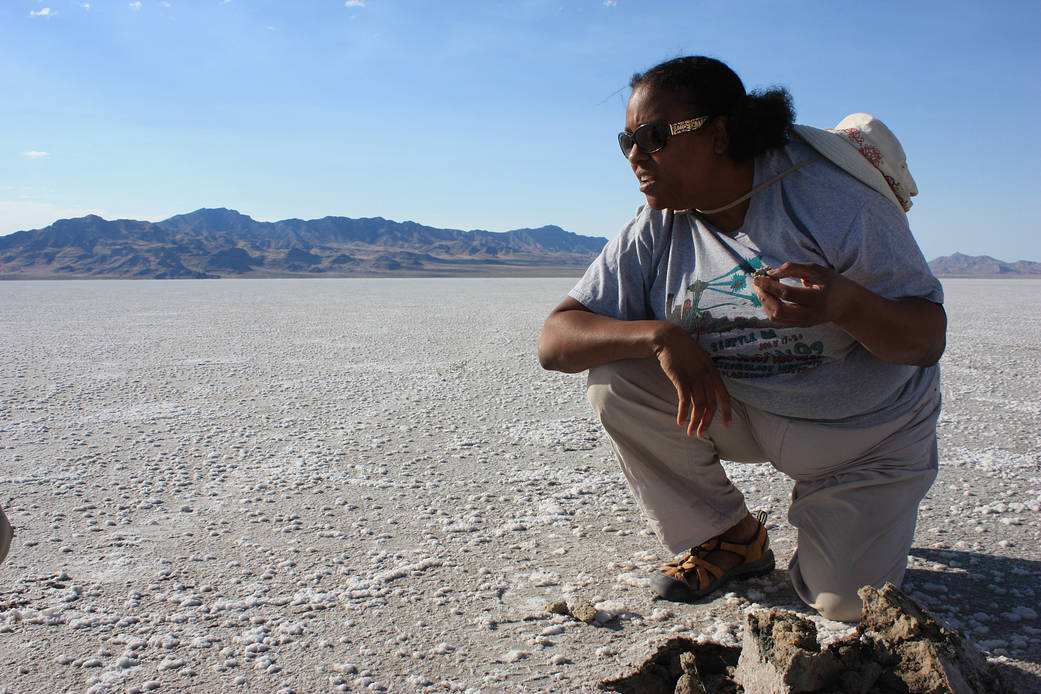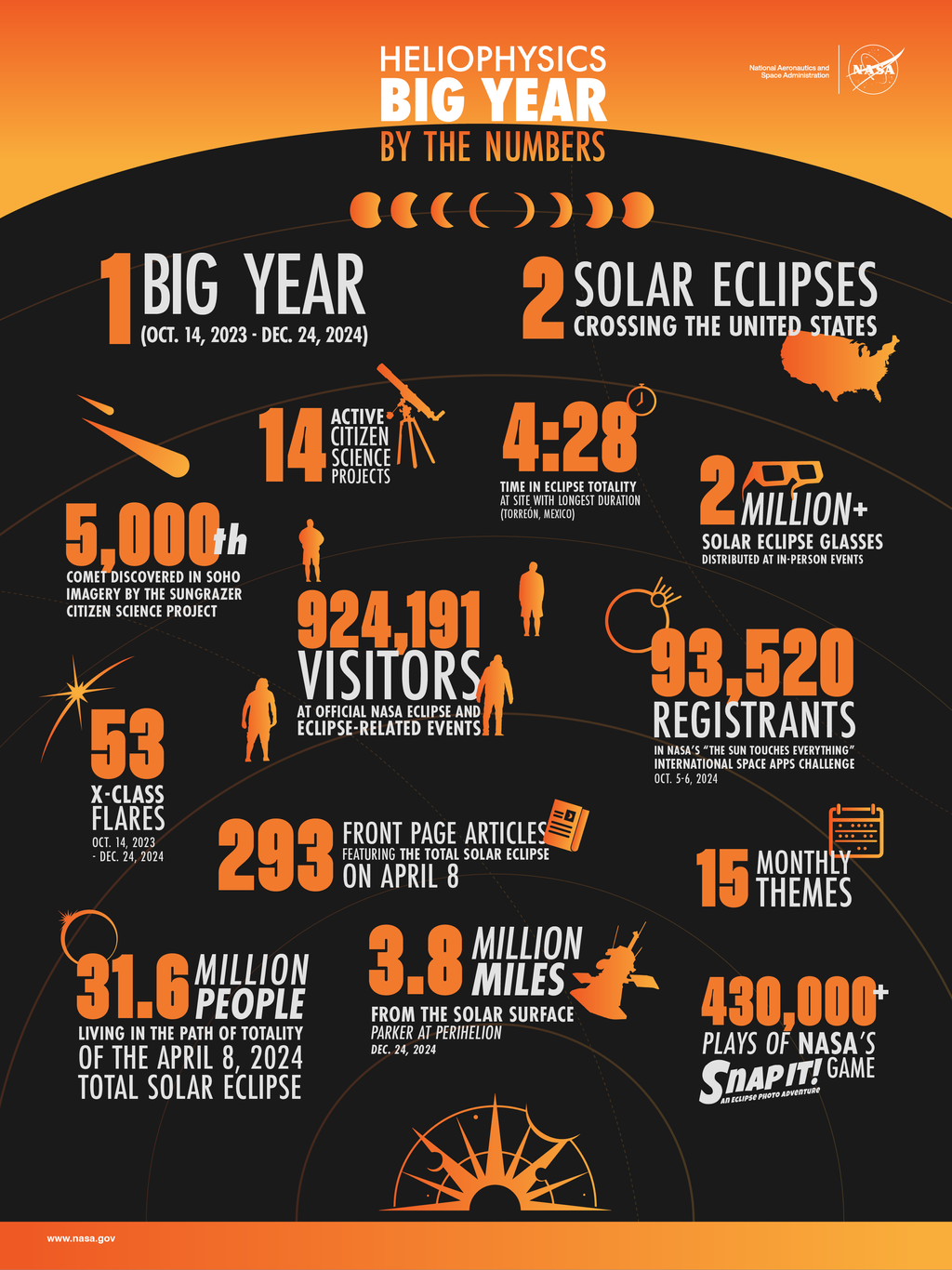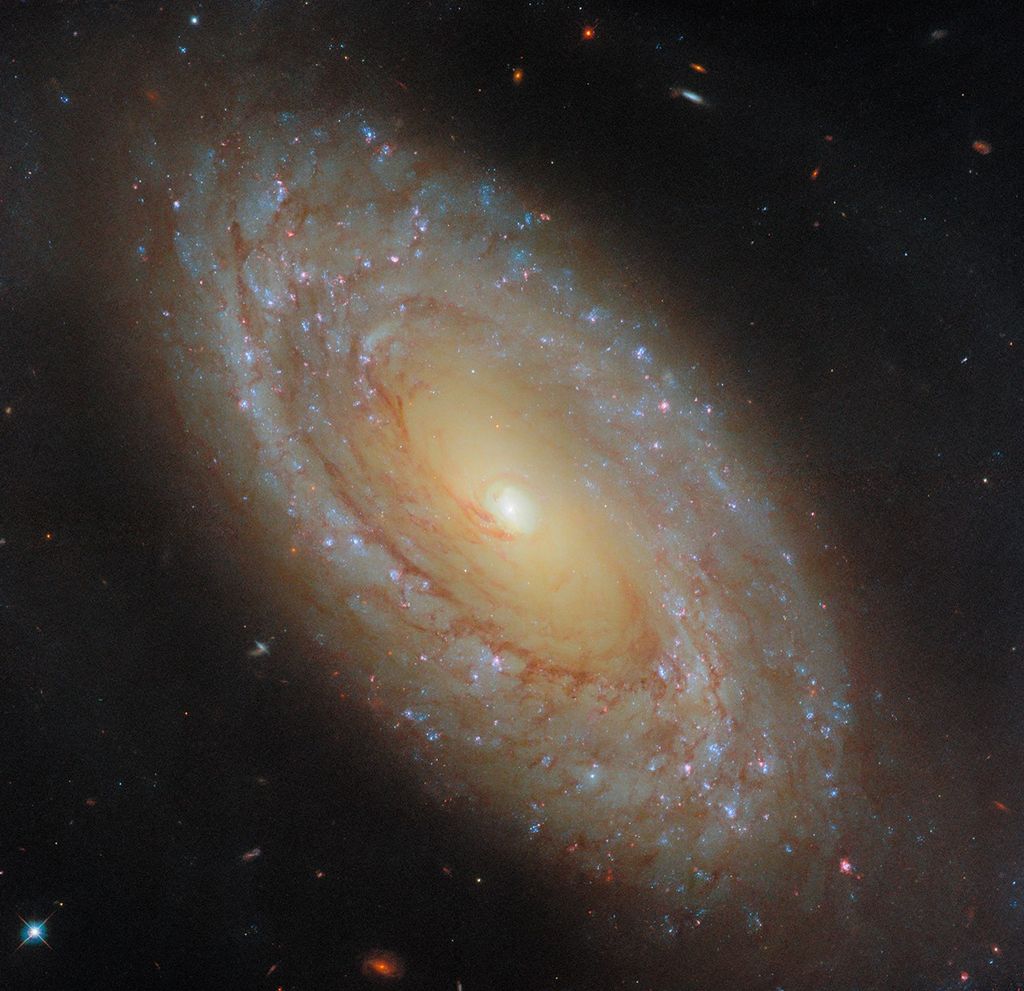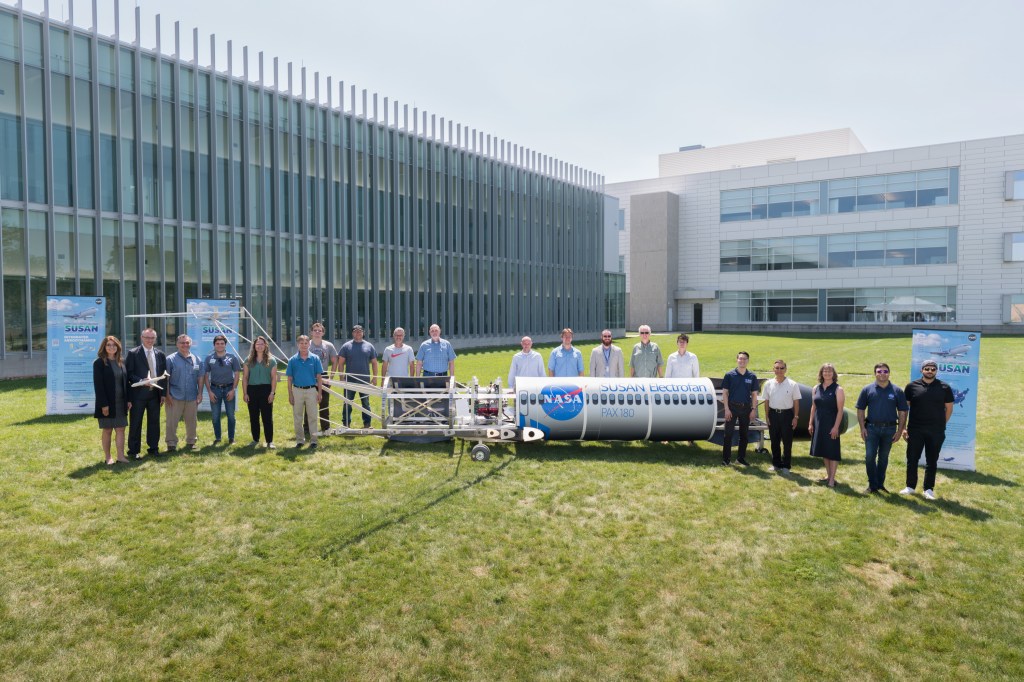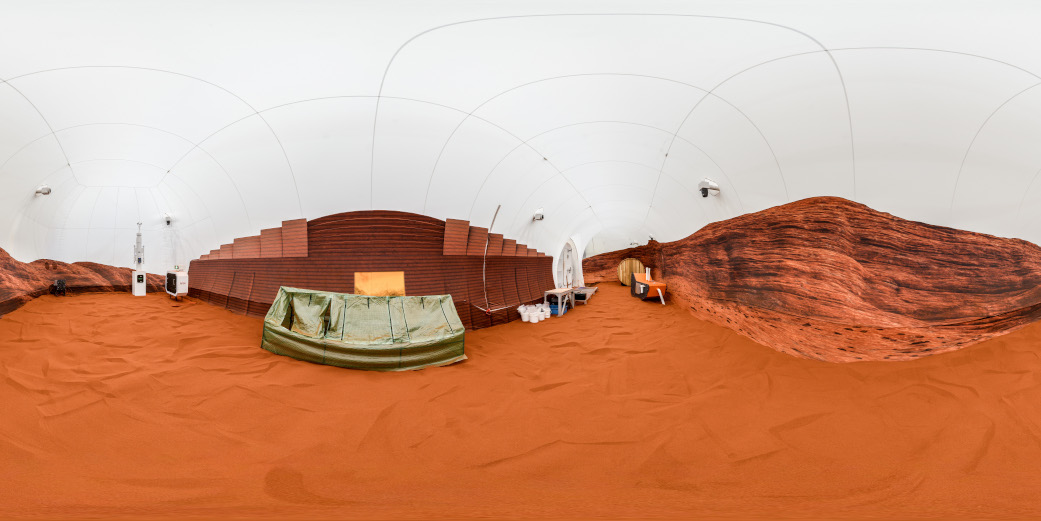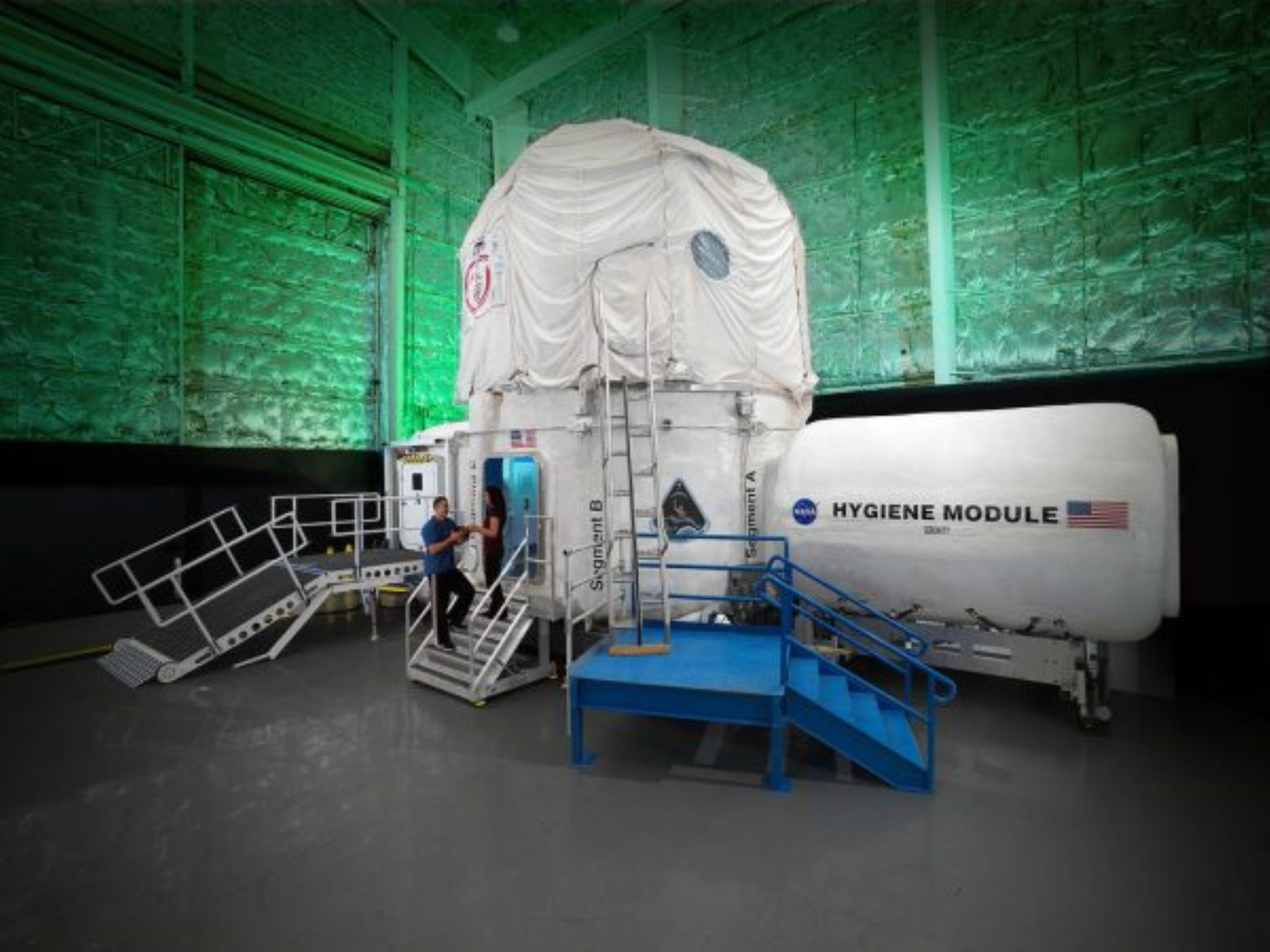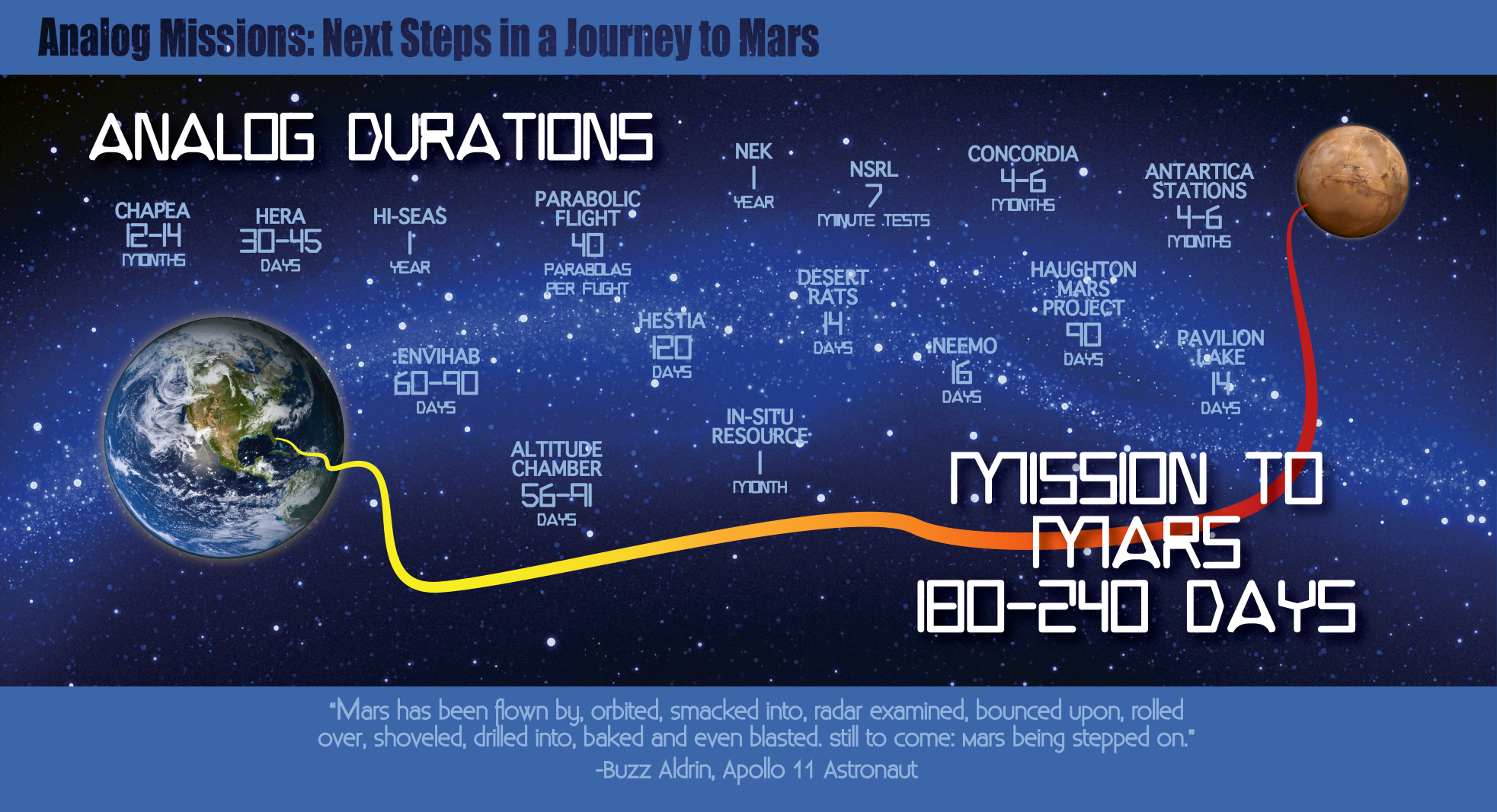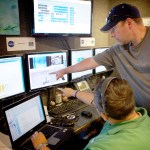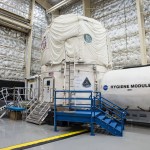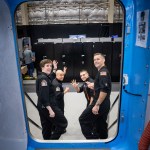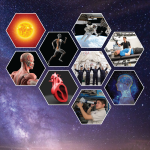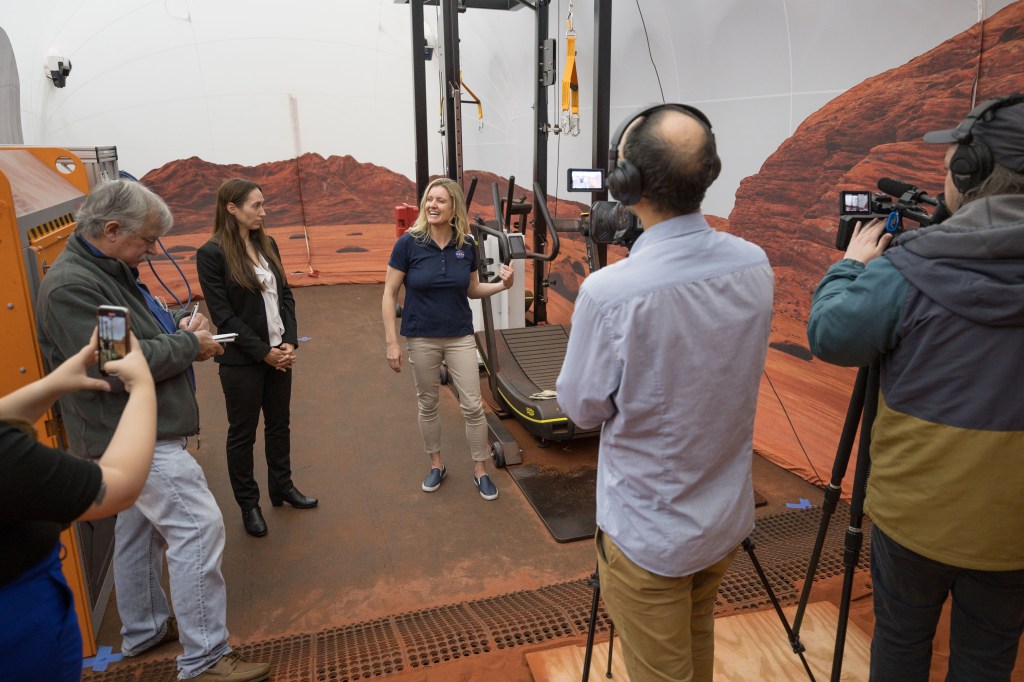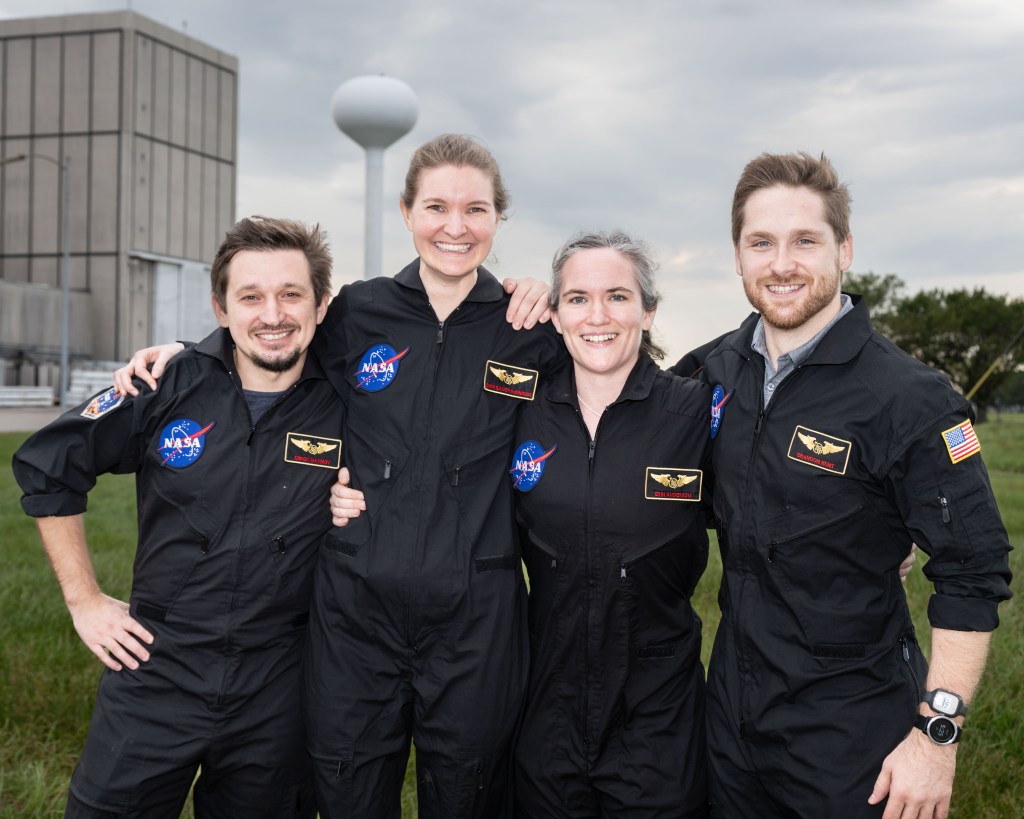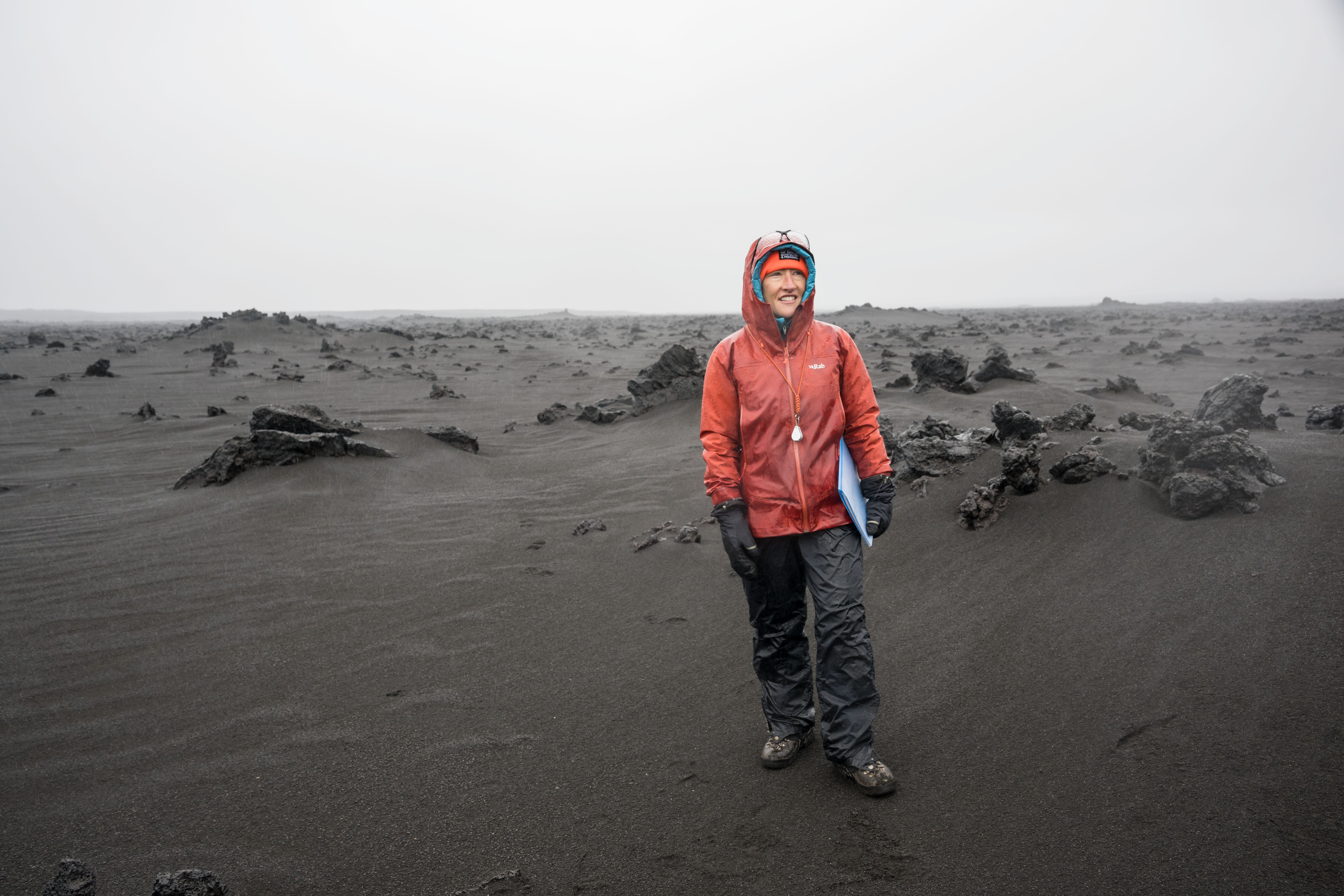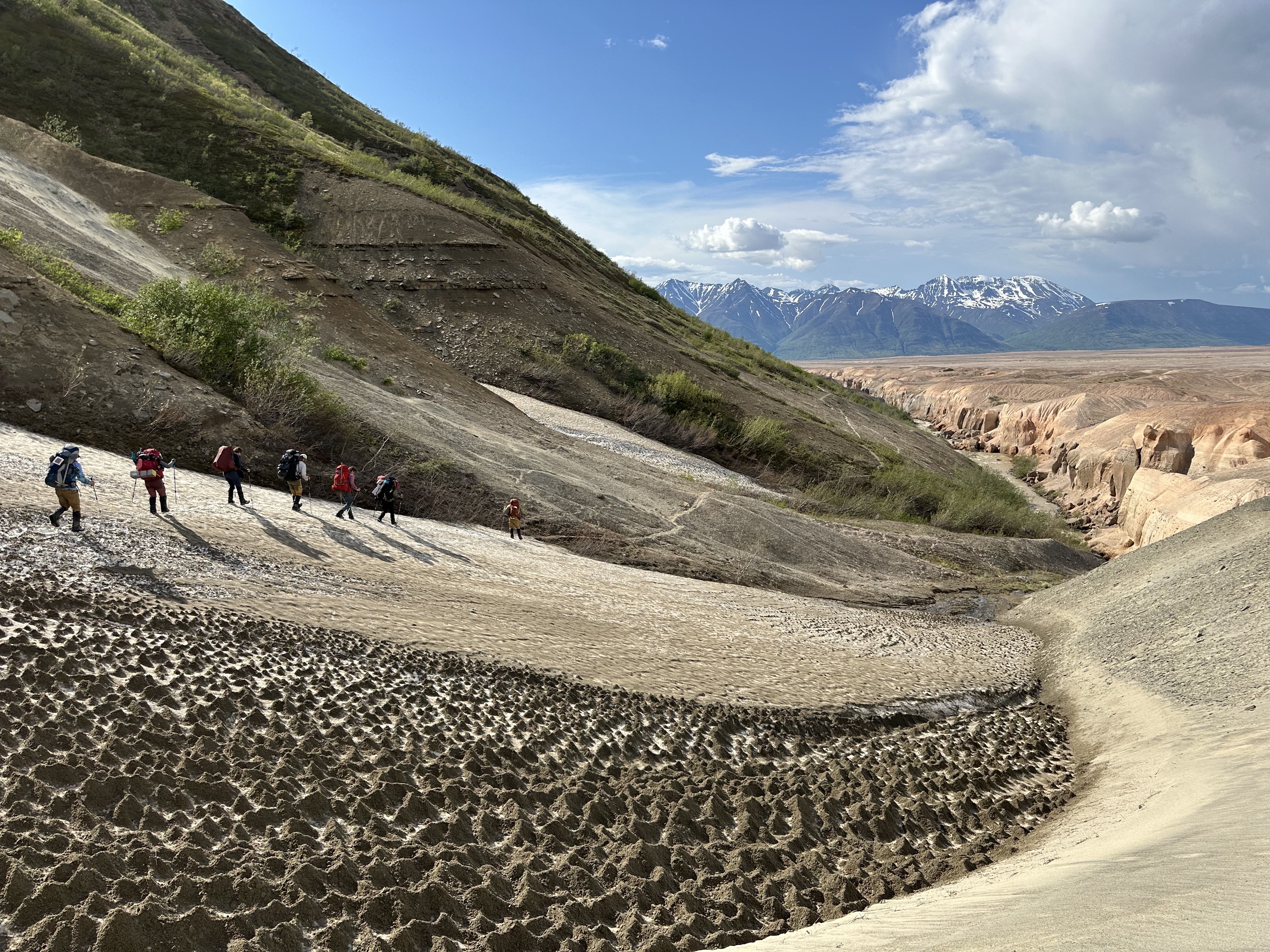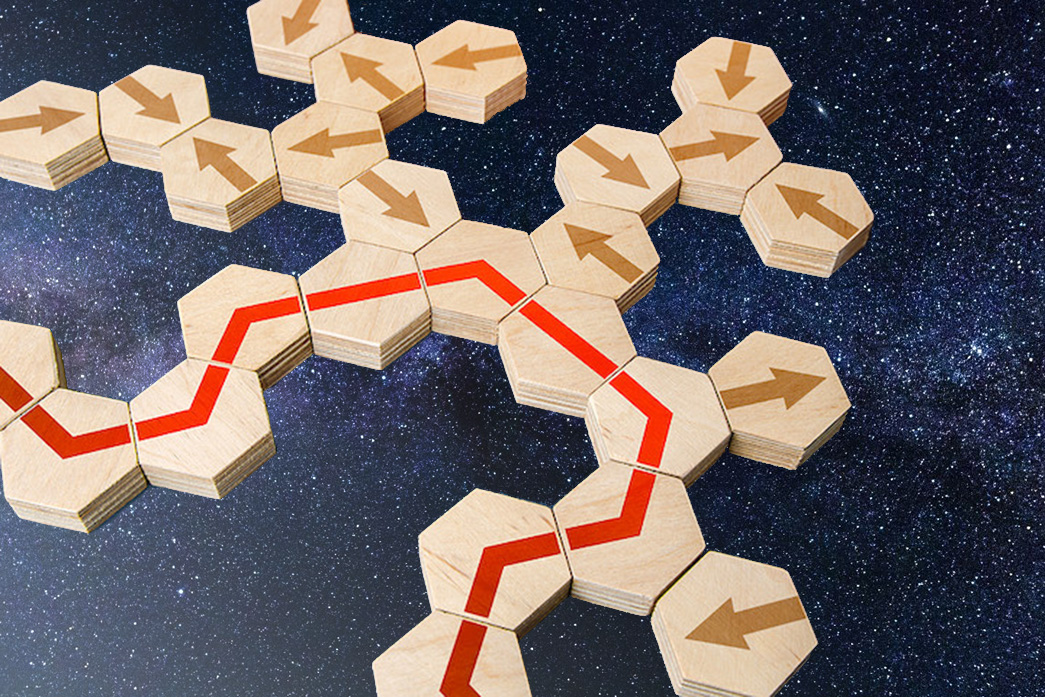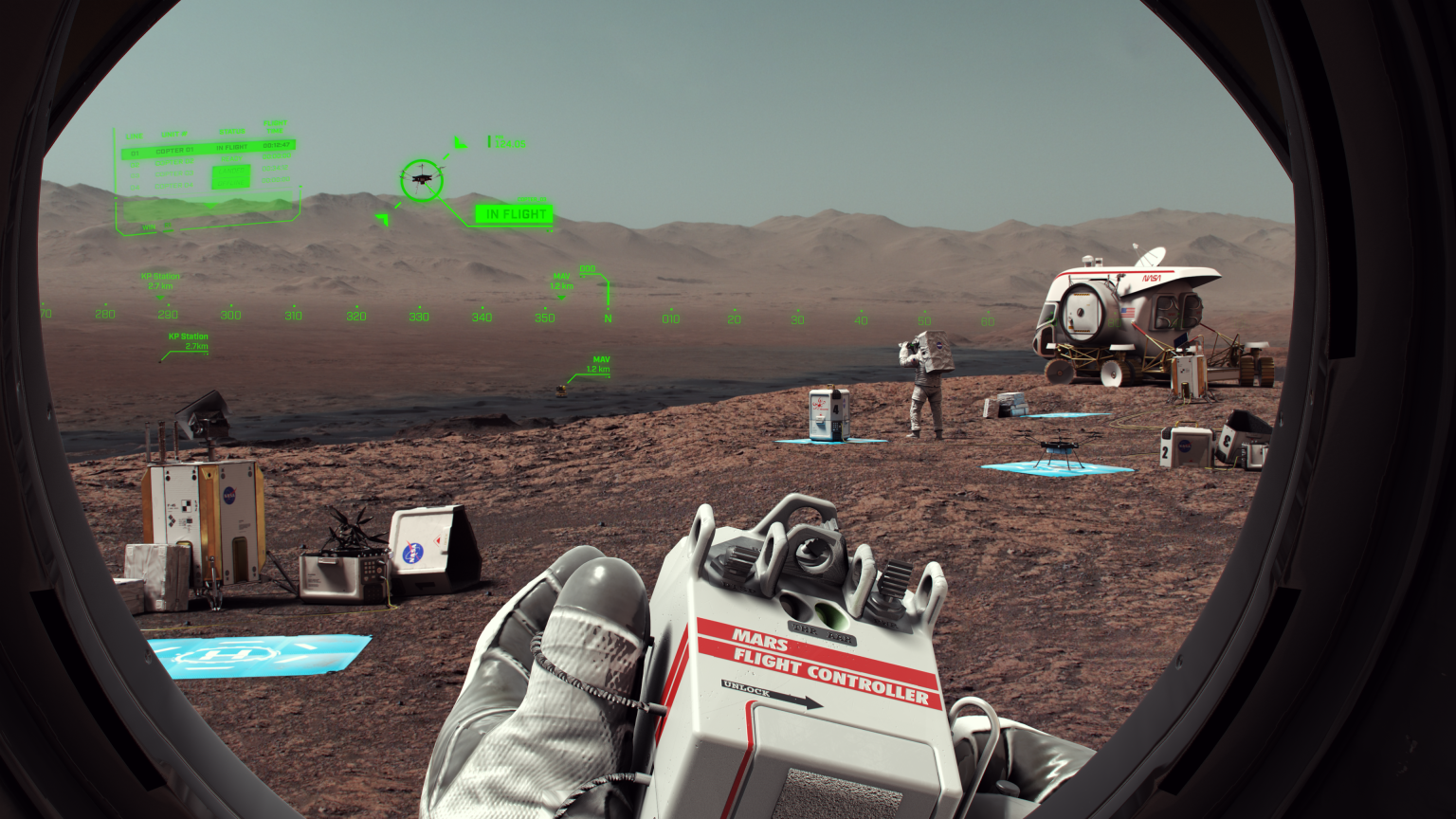Why do we use Analog Missions?
Analogs play a significant role in problem solving for spaceflight research.
- Not all experiments can be done in space – there is not enough time, money, equipment, and manpower.
- Countermeasures can be tested in analogs before trying them in space. Those that do not work in analogs will not be flown in space.
- Ground-based analog studies are completed more quickly and less expensively.
What are Analog Missions?
Analog missions are field tests in locations that have physical similarities to the extreme space environments. NASA engineers and scientists work with government agencies, academia, and industry to gather requirements for testing in harsh environments before they are used in space. Tests include: new technologies, robotic equipment, vehicles, habitats, communications, power generation, mobility, infrastructure, and storage. Behavioral effects – such as isolation and confinement, team dynamics, menu fatigue, and others are also observed.
Past generations used analog missions to prepare for leaving Earth’s atmosphere, landing on the moon, and permanently orbiting our planet. In keeping with this concept, NASA is using analog missions to actively prepare for deep space destinations, such as an asteroid or Mars.
Analogs provide NASA with data about strengths, limitations, and the validity of planned human-robotic exploration operations. Analogs also help define ways to combine human and robotic efforts to enhance scientific exploration. Test locations include the Antarctic, oceans, deserts, arctic and volcanic environments.
What hazards do Analog Missions test?
Space is a dangerous, unfriendly place. One goal of analog missions is to look for possible safeguards to the hazards of life in space. What, exactly, are these hazards? They are grouped into five categories related to the stresses they place on the space traveler: Space radiation, isolation/confinement, distance from Earth, gravity fields, and hostile/closed environments.
1. Space Radiation – Earth’s magnetic field and atmosphere protect us from harsh cosmic radiation, but without that protection, one is more exposed to treacherous radiation.
Possible Hazards: Radiation exposure may increase cancer risk. It can damage the central nervous system, with both acute effects and later consequences, manifesting itself as altered cognitive function, reduced motor function, and behavioral changes. Radiation sickness can result in nausea, vomiting, anorexia, and fatigue.
2. Isolation/Confinement – Behavioral issues among groups of people occupying a small space over a long time, no matter how well trained they are, are inevitable.
Possible Hazards: A decline in mood, cognition, morale, or interpersonal interaction, sleep disorder, depression, fatigue, boredom. The more confined and isolated humans are, the more likely they are to develop behavioral or cognitive conditions.
3. Distance from Earth – Planning and self-sufficiency are key. Mars is 140 million miles from Earth on average. With communication delays of up to twenty minutes and the possibility of equipment failures, astronauts must be able to complete the mission on their own. They must have the correct food, medicine, and supplies to sustain them for the duration.
4. Gravity Fields – There are three gravity fields you would experience on a Mars mission: weightlessness between planets, 1/3 of Earth’s gravity on Mars, and normal gravity upon returning to Earth.
Possible Hazards: Affects spatial orientation, head-eye and hand-eye coordination, balance, locomotion, and can cause motion sickness. Bones lose minerals causing a drop in density. Muscles lose strength and endurance. The cardiovascular system becomes deconditioned. Fluids shifts could put pressure on the eyes causing vision problems. One is apt to develop kidney stones due to dehydration.
5. Environment: Hostile/Closed– Ecosystem inside the spacecraft plays a big role in everyday astronaut life. Microbes can change characteristics in space, and microorganisms that naturally live on your body are transferred more easily from person to person in closed habitats like the space station. Every inch of living quarters must be carefully designed to ensure a comfortable temperature, lighting, noise-level, and adequate space.
Possible Hazards: Elevated stress hormone levels alter the immune system leading to allergies, illnesses, and disease.
Current Analog Missions
Antarctic Stations
Learn More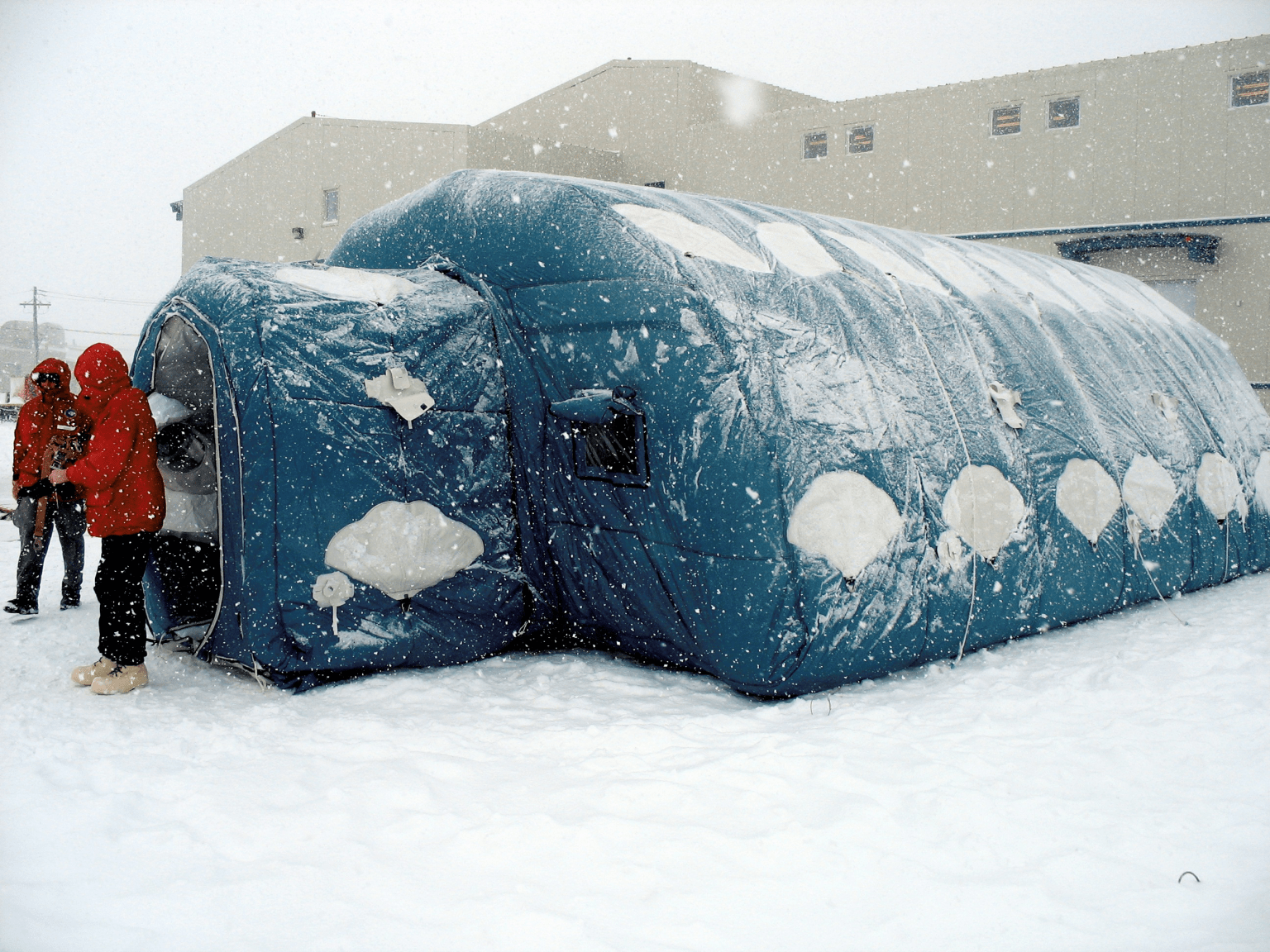
Desert Research and Technology Studies (Desert RATS)
Mission Overview October 2022 D-RATS: Testing Pressurized Rovers D-RATS will practice operations for future missions beyond Artemis III and will consist of three mission runs scheduled for Oct. 11-22 at…
Learn More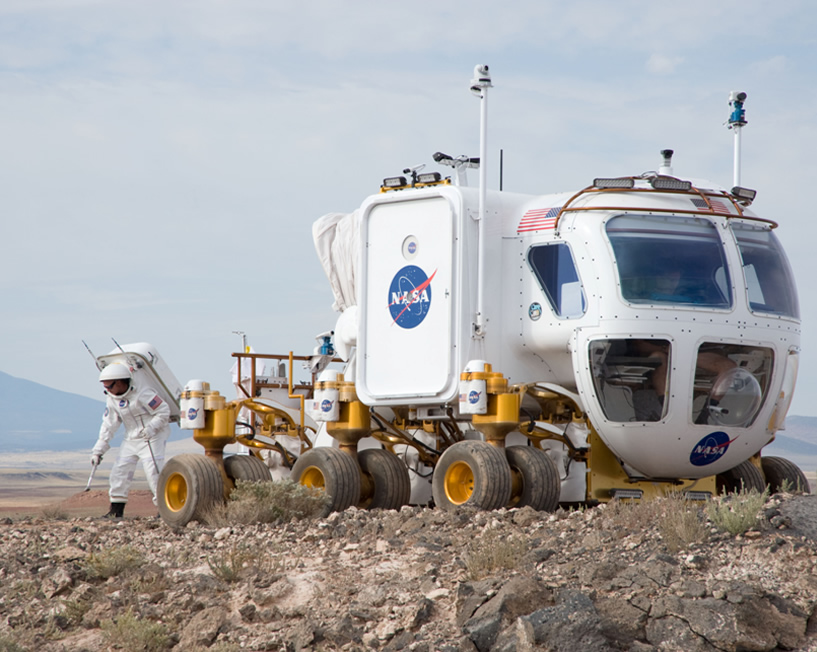
:envihab
Learn More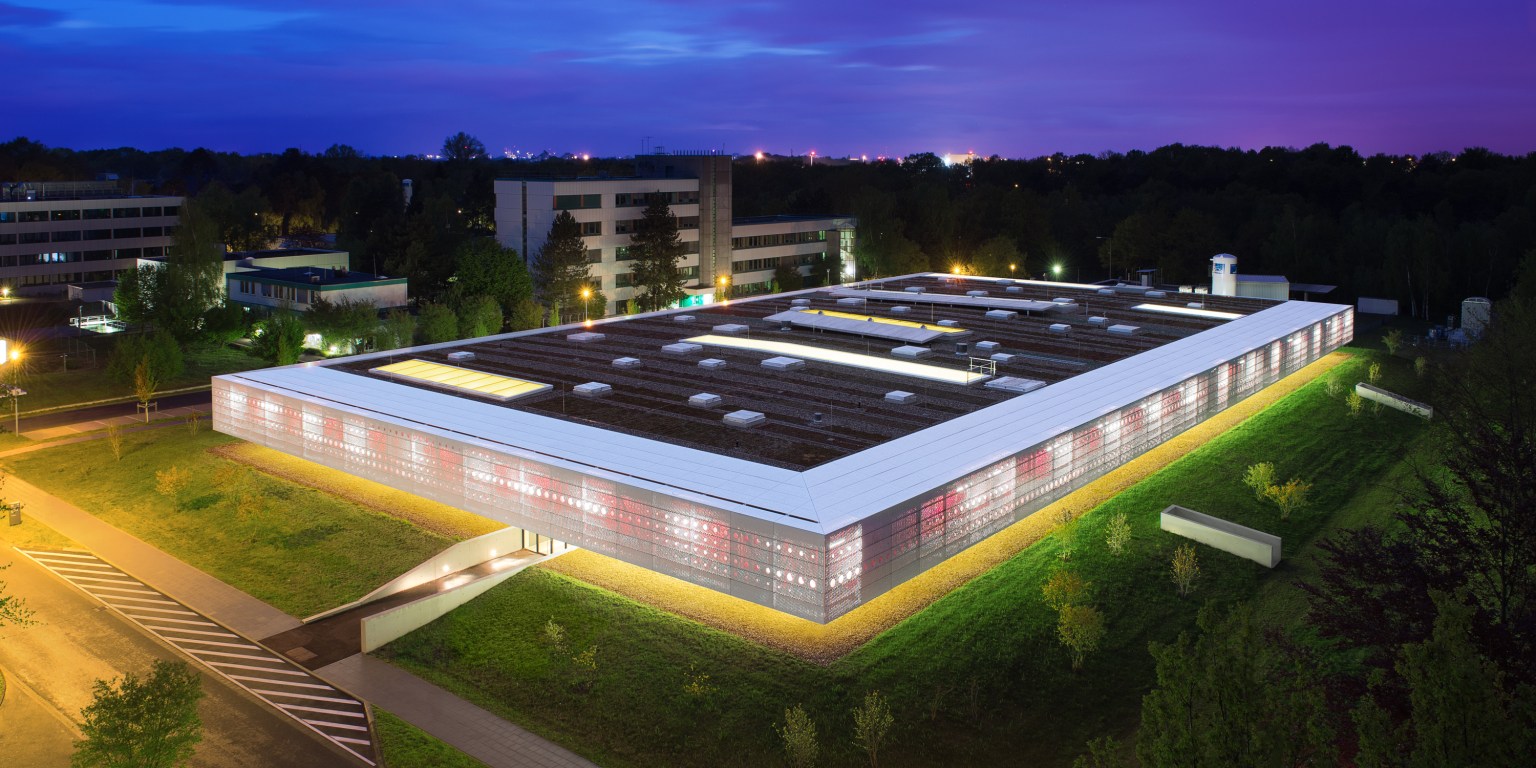
Human Exploration Spacecraft Testbed for Integration and Advancement (HESTIA)
NASA's goal is to develop a high-fidelity, human-in-the-loop, Lunar / Mars surface analog in support of next generation human exploration missions.
Learn More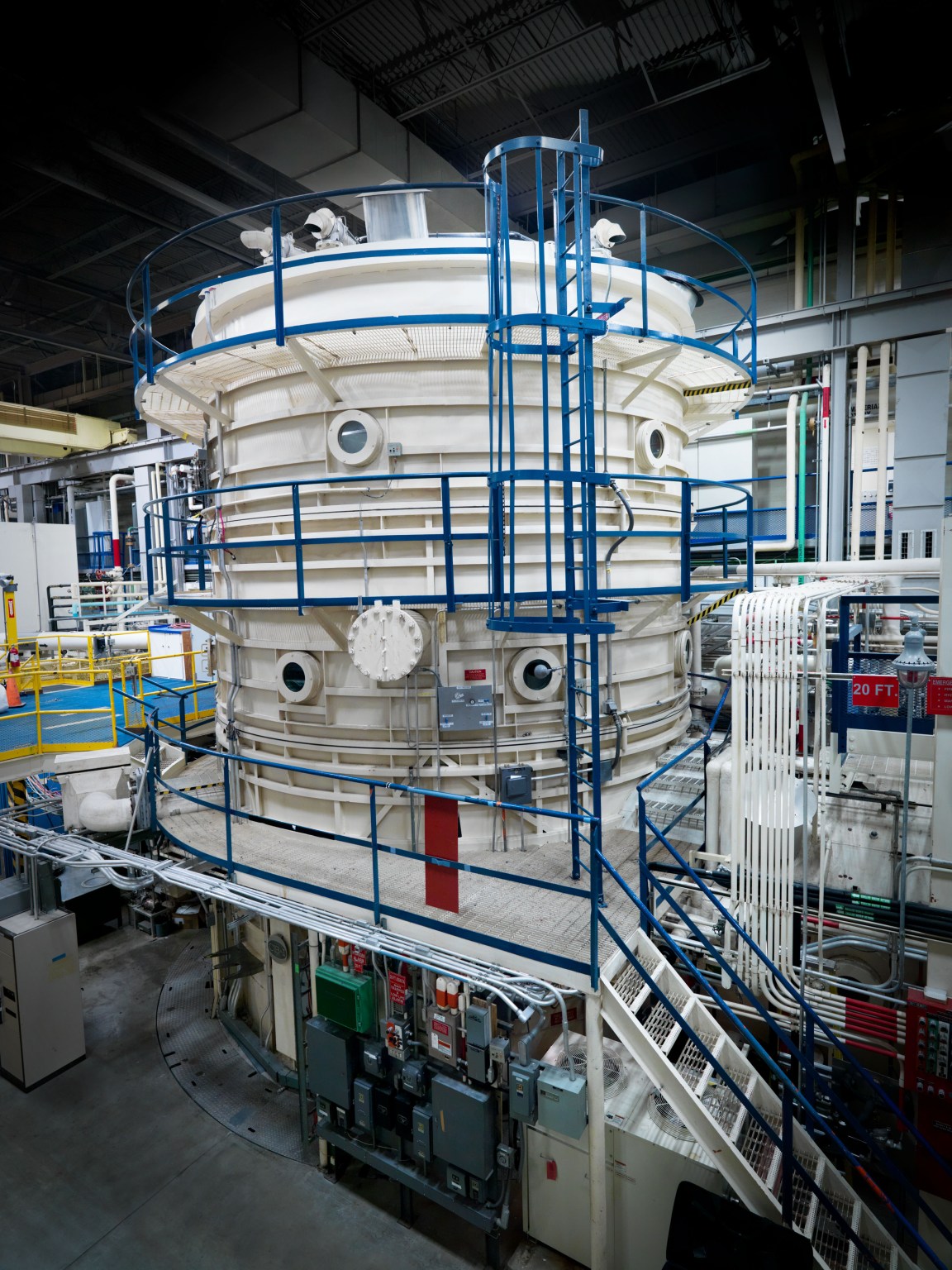
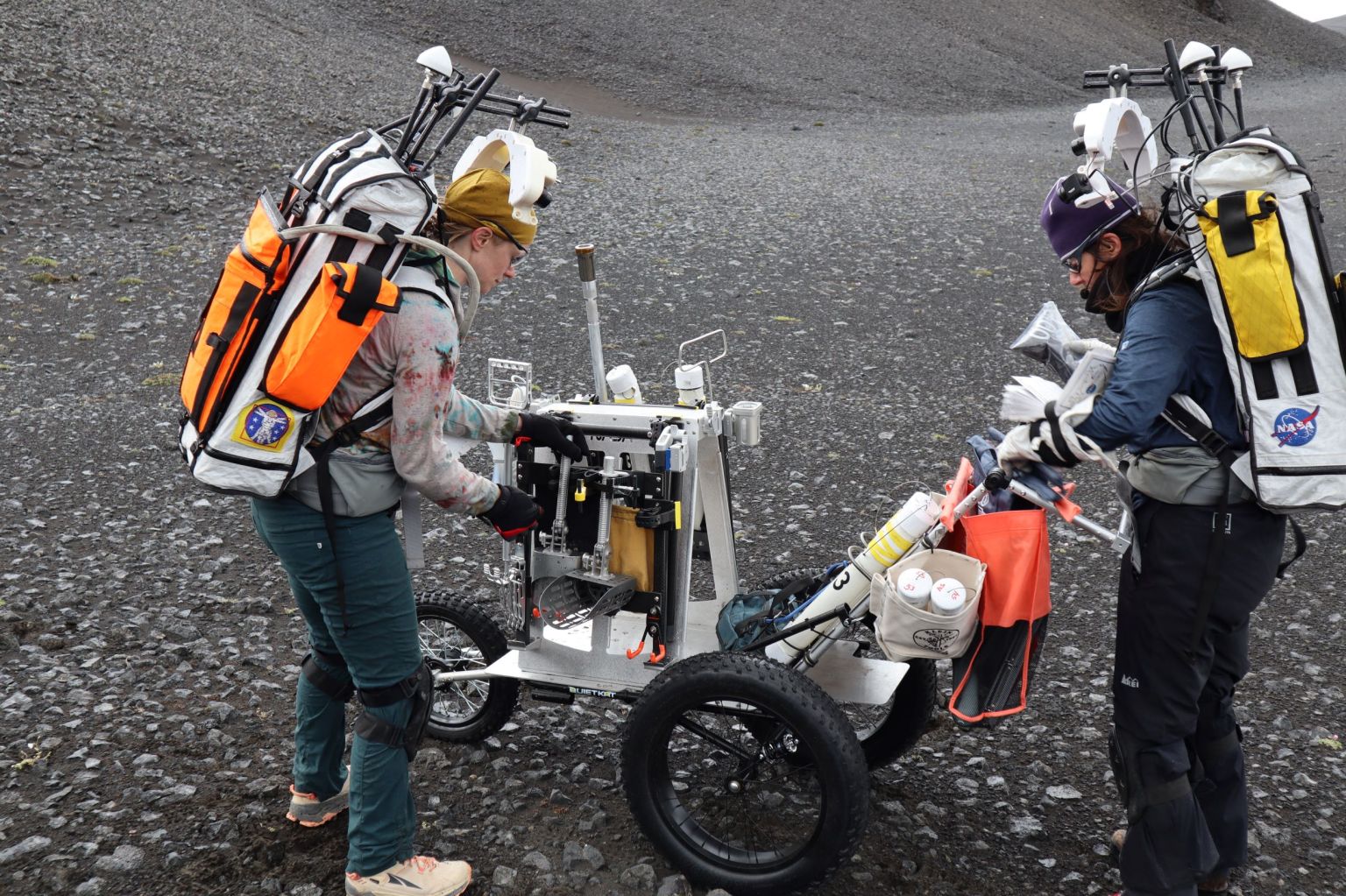
NASA Space Radiation Lab
Mission Overview Location: Upton, New York Environment: Laboratory Hazards Tested: Space radiation Description: The NSRL helps to assess many of the health risks associated with cosmic radiation. Before humans can…
Learn More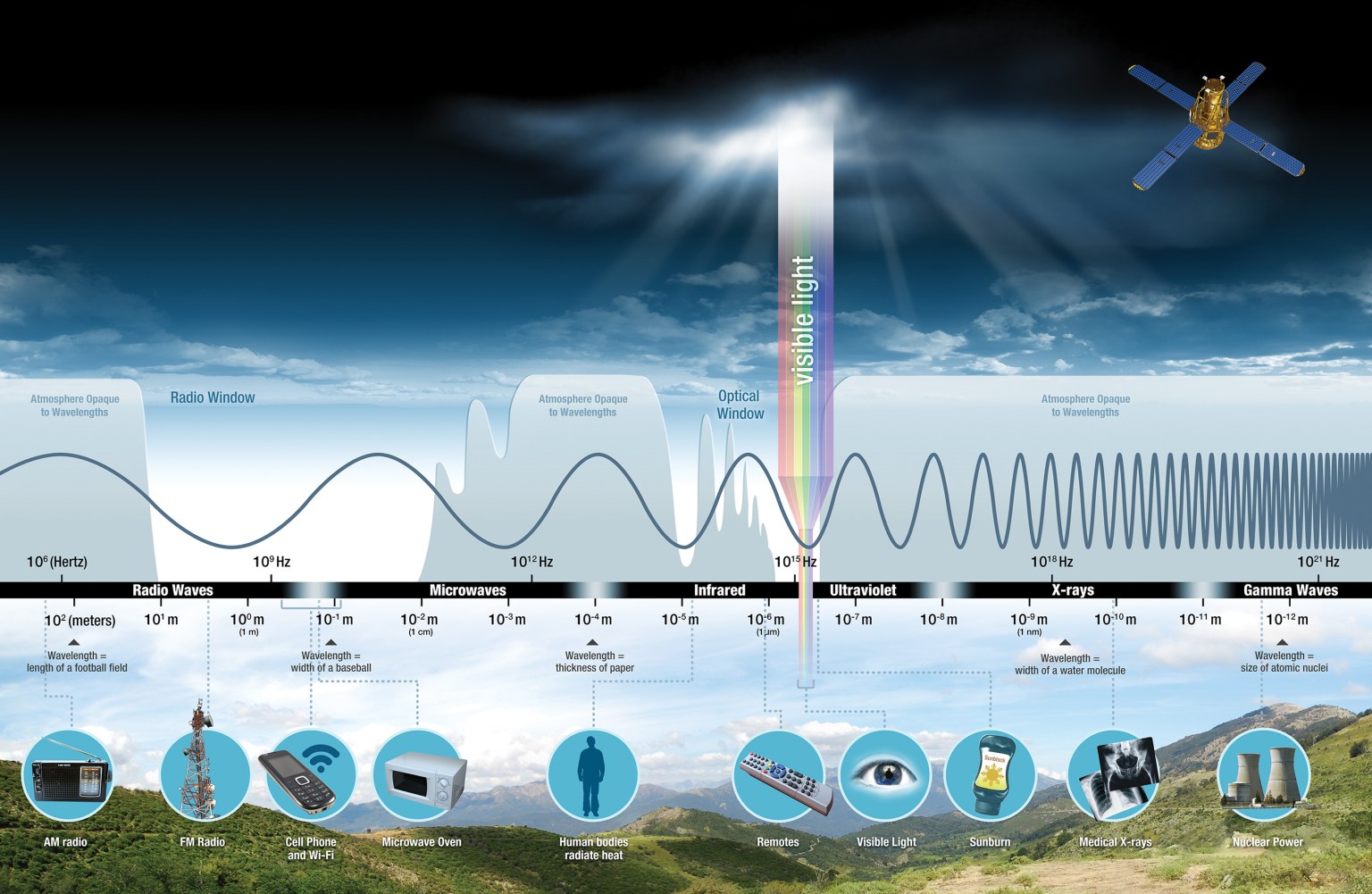
More Analog Missions
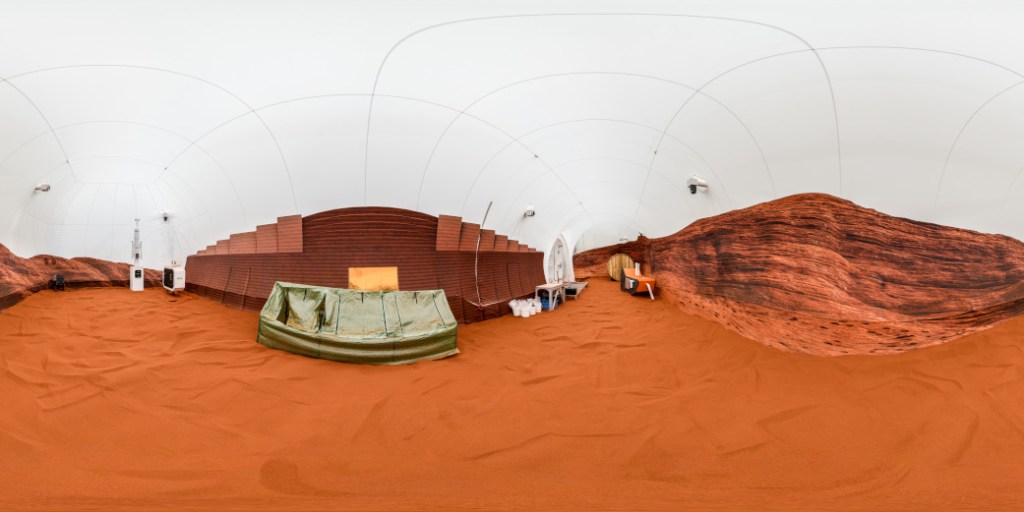
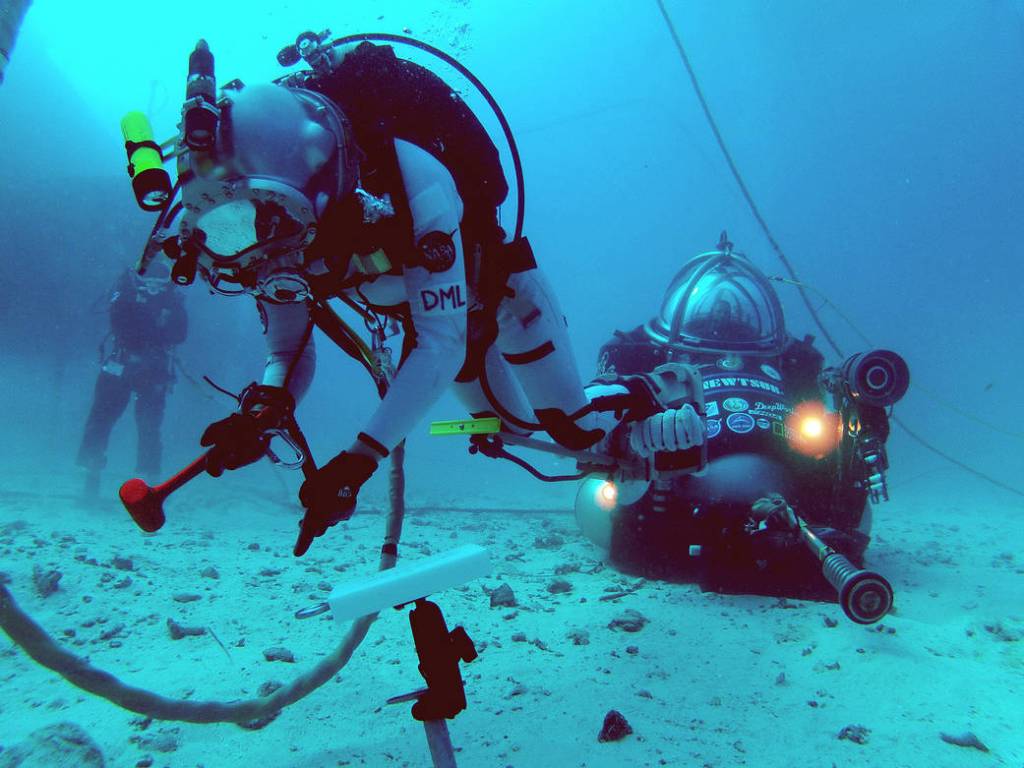
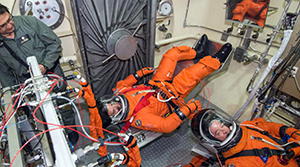

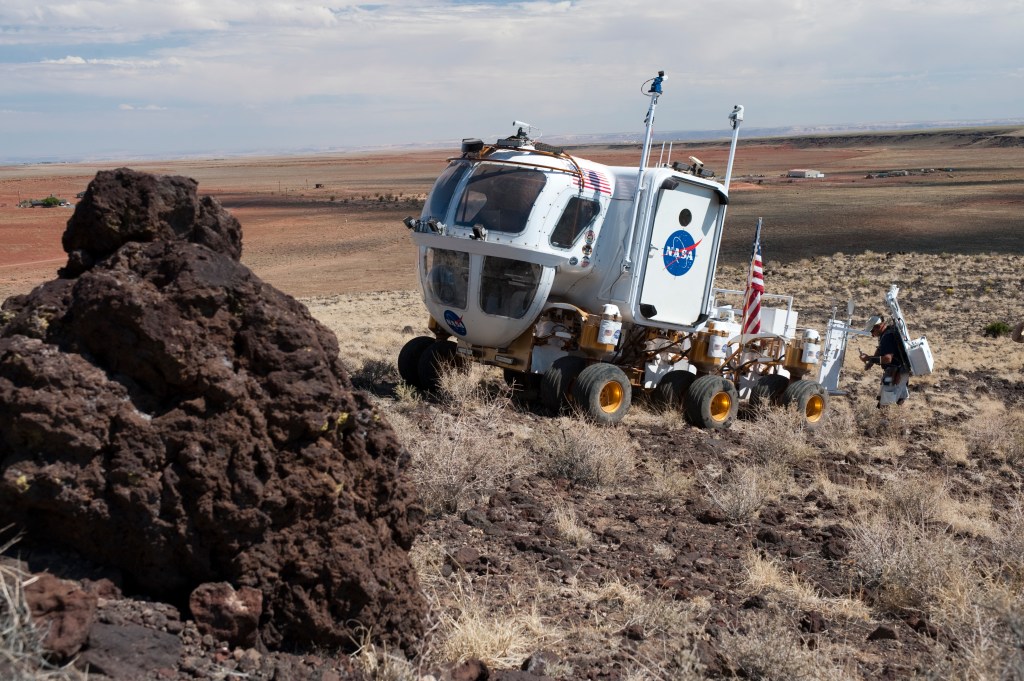
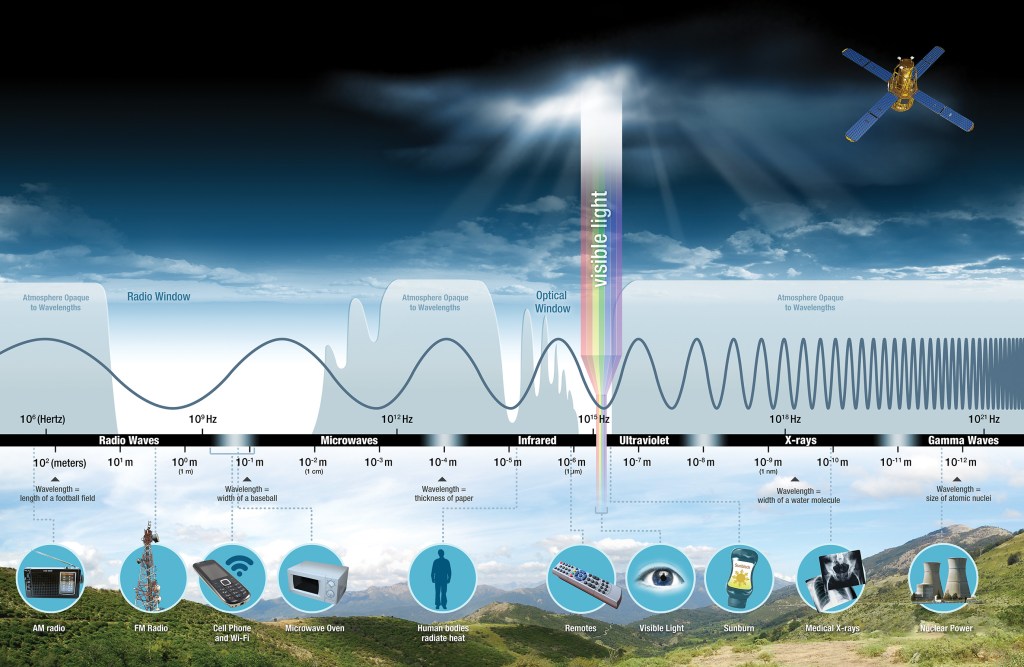
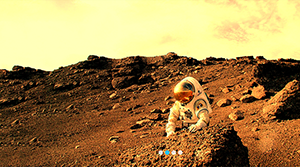
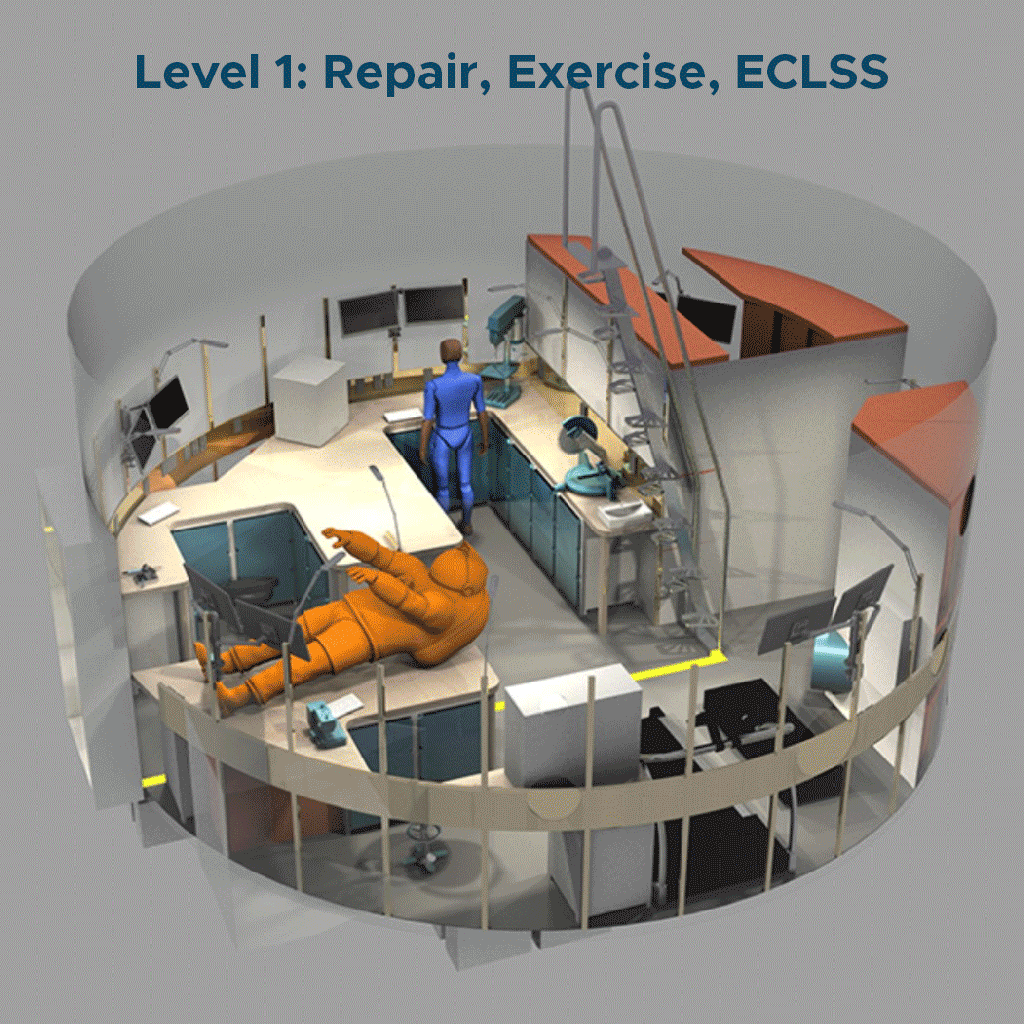
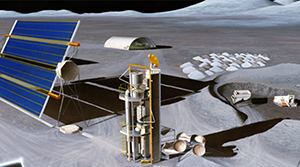


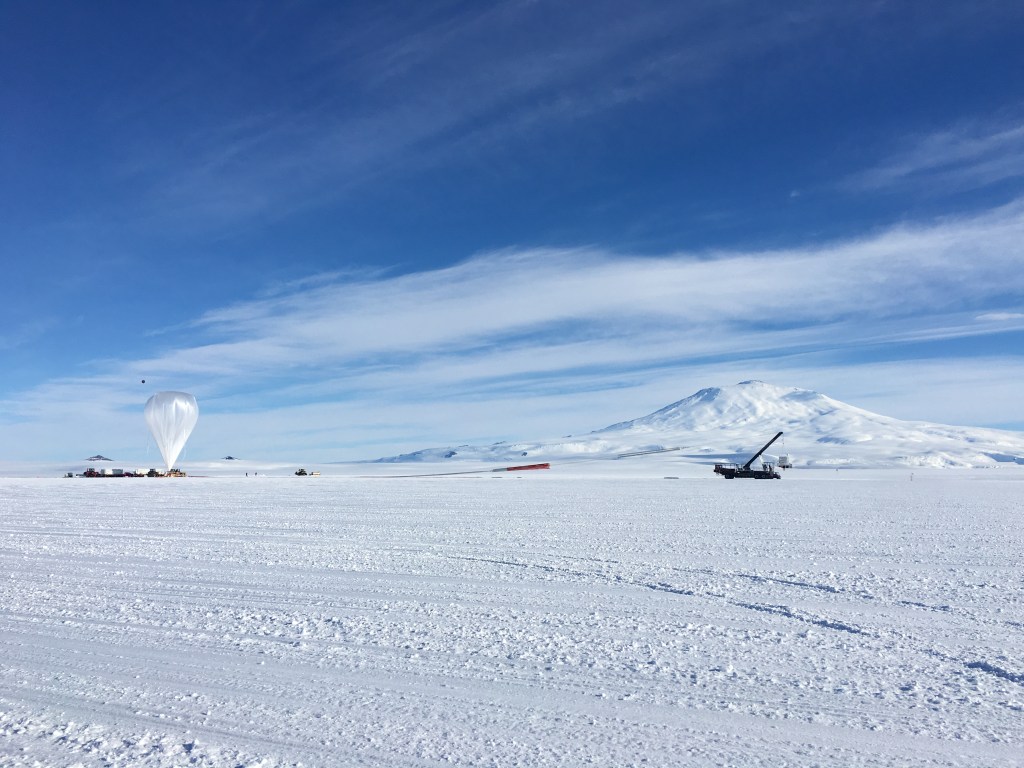
Analog Durations
Got a Question about Analogs?
Email us at JSC-AskAnalogs@mail.nasa.gov.
Your question could be picked for a GROUNDLINK question-and-answer session with analog crew while they’re on their missions.
Learn More about Got a Question about Analogs?